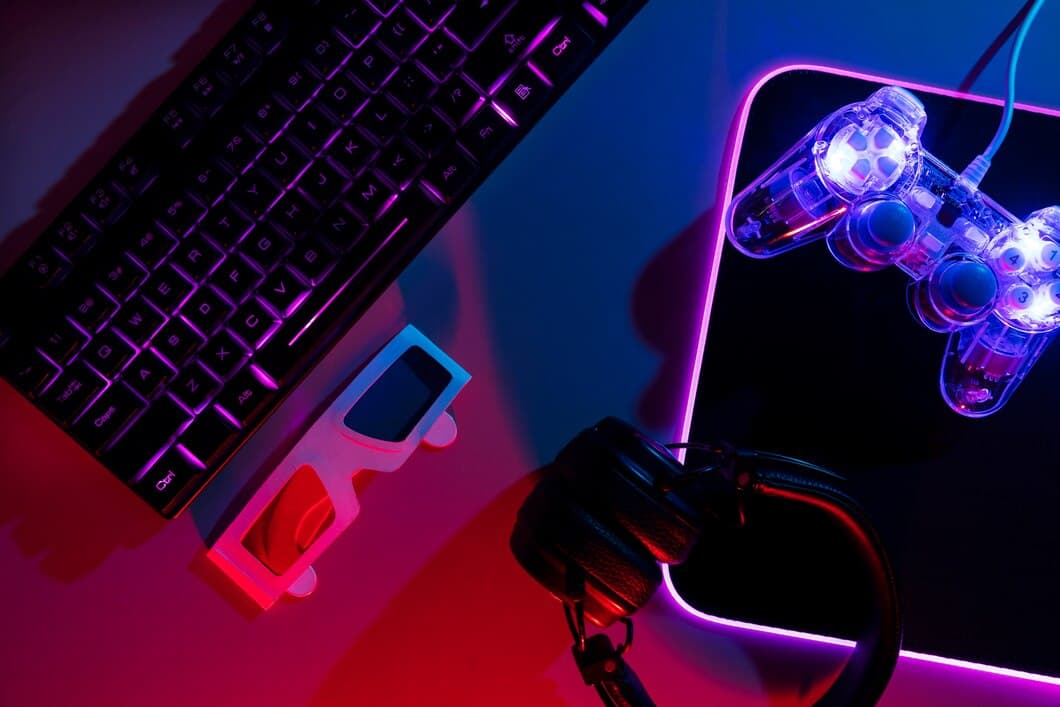How To Fix A Keyboard That Is Not Recognized By The BIOS?


**Here are 9 core subheadings that can help you write an article outline for this topic:**

1. Check the physical connection
The first step to fixing a keyboard that is not recognized by the BIOS is to check the physical connection. Make sure that the keyboard is plugged in securely to the correct port on the computer. If the keyboard is plugged into a USB port, try plugging it into a different USB port. If the keyboard is plugged into a PS/2 port, make sure that the port is not damaged.
If the keyboard is still not recognized, try restarting the computer. This will sometimes fix the problem. If the keyboard is still not recognized, try updating the BIOS. This can be done by downloading the latest BIOS update from the manufacturer's website and installing it on the computer.
If the keyboard is still not recognized, it may be defective. In this case, you will need to replace the keyboard.
Here are some additional tips for troubleshooting a keyboard that is not recognized by the BIOS:
- Try using a different keyboard.
- Try plugging the keyboard into a different computer.
- Check the keyboard settings in the BIOS.
- Reset the BIOS to its default settings.
2. Update your BIOS
Updating the BIOS can potentially fix a keyboard not recognized by the BIOS. The BIOS is a low-level software that initializes the hardware components of your computer. It provides the basic instructions for the computer to boot up and interact with the hardware. If the BIOS is outdated or corrupted, it can cause various hardware issues, including keyboard functionality. Updating the BIOS to the latest version can resolve these issues and restore proper keyboard functionality.
Before you update the BIOS, make sure you have the correct version for your motherboard. You can usually find the BIOS version information in the motherboard's manual or on the manufacturer's website. Once you have the correct BIOS version, you can download it from the manufacturer's website and follow the instructions to update the BIOS. Be cautious when updating the BIOS, as an incorrect or interrupted update can damage your motherboard.
If you are not comfortable updating the BIOS yourself, you can take your computer to a qualified technician who can perform the update for you. Make sure to provide them with the correct BIOS version for your motherboard.
3. Try a different keyboard or USB port

If the previous steps did not resolve the issue, try using a different keyboard. If you have another keyboard available, connect it to your computer and see if it is recognized by the BIOS. If the other keyboard works, then the problem is likely with your original keyboard.
You can also try connecting your keyboard to a different USB port on your computer. If the keyboard works in a different port, then the problem may be with the original USB port.
If you have tried both of these steps and the keyboard is still not recognized by the BIOS, then the problem may be with the motherboard or the BIOS itself. In this case, you may need to contact the manufacturer of your computer for further assistance.
Here are some additional tips for troubleshooting a keyboard that is not recognized by the BIOS:
- Make sure that the keyboard is properly plugged into the USB port.
- Try restarting your computer.
- Update the BIOS to the latest version.
- Reset the BIOS to its default settings.
4. Check for loose or damaged wires
If you've tried all the other steps and your keyboard is still not being recognized by the BIOS, it's possible that there is a problem with the wires that connect the keyboard to the computer. Loose or damaged wires can prevent the keyboard from functioning properly, so it's important to check these wires carefully.
Start by unplugging the keyboard from the computer. Then, inspect the wires for any signs of damage, such as cuts, nicks, or fraying. If you find any damage, you will need to replace the wires.
If you don't see any damage, try plugging the keyboard back into the computer and see if it works. If it still doesn't work, try a different USB port.
If you've tried all of these steps and your keyboard is still not working, it's possible that the problem is with the keyboard itself. You may need to replace the keyboard.
5. Reset the BIOS to default settings
In case the keyboard is still not recognized after trying all the methods discussed above, resetting the BIOS to default settings might be the final solution. This is especially true if the problem started after changing some BIOS settings.
To reset the BIOS settings, restart your PC and press the appropriate key to enter the BIOS setup utility. The key to press will vary depending on your motherboard manufacturer, but it is usually one of the F keys (F1, F2, or F10).
Once you are in the BIOS setup utility, look for an option to reset the BIOS to default settings. This option is usually found in the "Exit" menu.
Once you have reset the BIOS settings, save the changes and exit the BIOS setup utility. Your PC will then restart, and the BIOS settings will be set to their default values.
6. Update your operating system
If the BIOS does not recognize your keyboard, you may be able to fix the problem by updating your operating system. This is because an updated operating system may include new drivers that can help the BIOS recognize your keyboard. To update your operating system, simply go to the settings menu and select the "Updates" option. Your computer will then check for updates and install them automatically.
If you are using a Windows computer, you can also try updating your BIOS. To do this, you will need to download the latest BIOS update from the manufacturer's website. Once you have downloaded the update, you can follow the instructions provided by the manufacturer to install it.
If you are using a Mac computer, you can update your BIOS by using the Software Update utility. To do this, open the System Preferences application and then select the "Software Update" option. Your computer will then check for updates and install them automatically.
If you have tried all of these steps and your keyboard is still not being recognized by the BIOS, you may need to contact the manufacturer of your computer for assistance.
7. Check for malware or viruses
Malware or viruses can interfere with the communication between your keyboard and the BIOS. To check for these, you can use a reputable antivirus software to scan your system.
If any threats are detected, follow the instructions provided by the antivirus software to remove them. Once the threats are removed, restart your computer and check if the keyboard is now recognized by the BIOS.
8. Try a PS/2 to USB adapter
If the keyboard you're using has a PS/2 connector, you can try using a PS/2 to USB adapter to connect it to your computer. This can sometimes bypass any issues with the USB ports or drivers and allow the keyboard to be recognized by the BIOS.
To use a PS/2 to USB adapter, simply plug the PS/2 connector on the keyboard into the adapter, and then plug the USB connector on the adapter into a USB port on your computer. The adapter will convert the PS/2 signals to USB signals, allowing the computer to recognize the keyboard.
If you don't have a PS/2 to USB adapter, you can purchase one from most computer stores or online retailers.
Once you have connected the PS/2 to USB adapter, restart your computer and see if the keyboard is recognized by the BIOS. If it is, you can then proceed to install the keyboard drivers and software.
9. Replace the keyboard
If all else fails, you may need to replace the keyboard. This is a relatively simple process, but it is important to make sure that you get the right keyboard for your computer. You can find replacement keyboards online or at your local computer store.
To replace the keyboard, first unplug the computer from the power outlet. Then, remove the screws that hold the keyboard in place. Once the screws are removed, you can carefully lift the keyboard off the computer.
Next, connect the new keyboard to the computer. Make sure that the keyboard is properly seated in the port. Then, screw the keyboard into place.
Once the keyboard is installed, you can plug the computer back into the power outlet and turn it on. The new keyboard should now be recognized by the BIOS.
Frequently Asked Questions

Conclusion
If none of the methods work, your keyboard is likely dead or damaged beyond repair. In this case, you'll need to replace it.
Once you have fixed the issue, restart your computer and check if the BIOS recognizes the keyboard. If it does, you have successfully fixed the problem. If it does not, there may be another issue with your computer.




